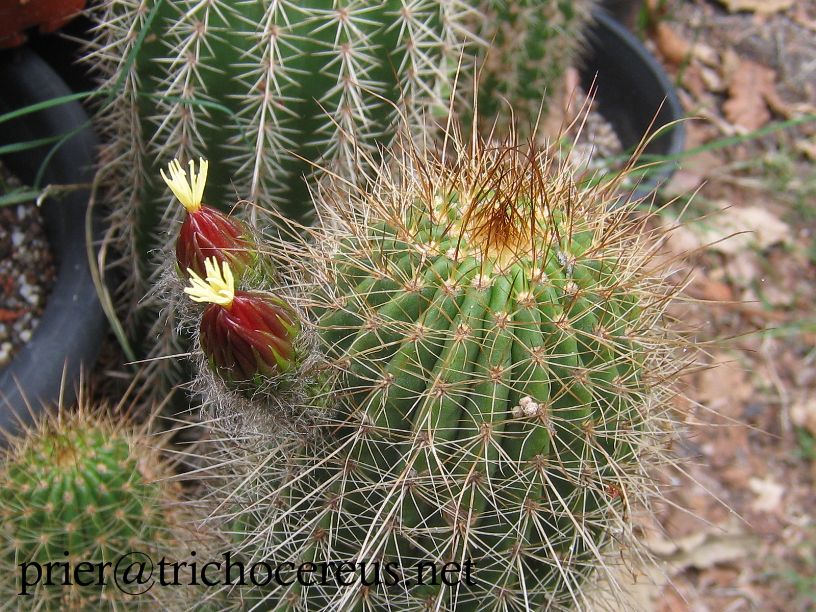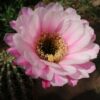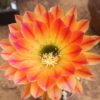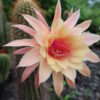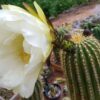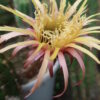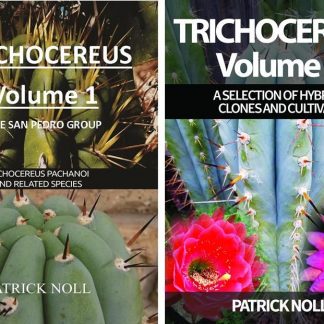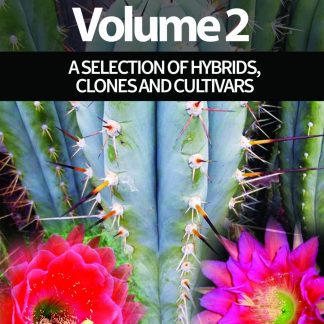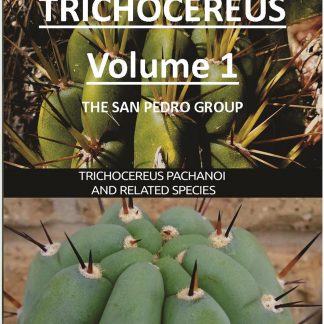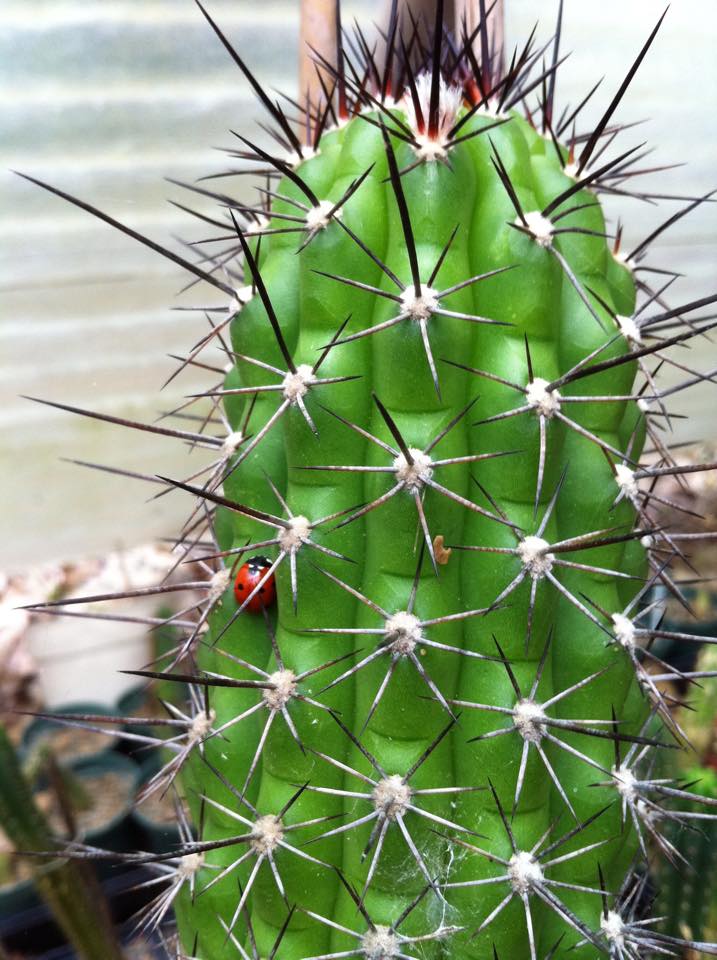
Trichocereus thelegonus, also known as Echinopsis thelegona, is a columnar Trichocereus species from Argentina. Pic: Noah Reams Origin: Argentina, Tucumán, Salta, 5500-1100 meters altitude Synonyms: Trichocereus thelegona, Trichocereus thelegonus, Echinopsis thelegonus, Echinopsis thelegona, Cereus thelegona, Cereus thelegonus Trichocereus thelegonus is a branchy & creeping cactus that only produces a handful of shoots. It can reach…

